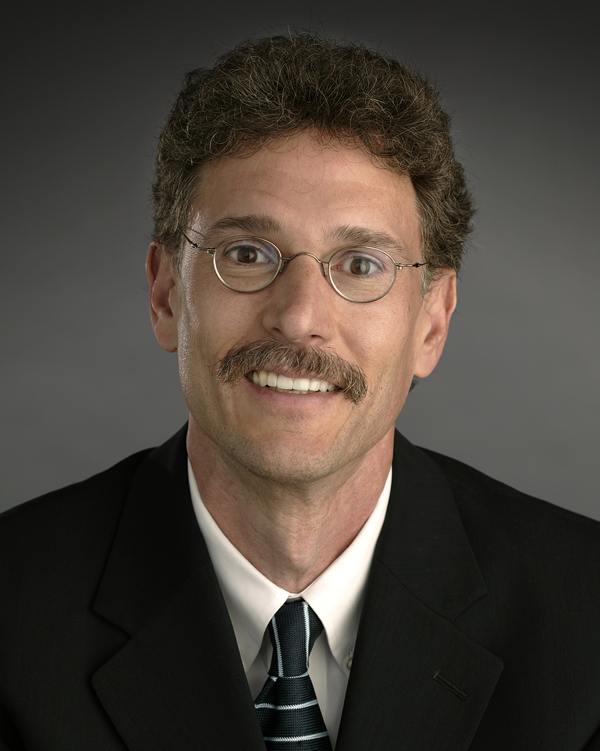Demand for infrastructure investments is driving down the potential returns pension funds can expect from the asset class, according to research by Cerulli Associates.
Nearly 70% of European pension funds surveyed by Cerulli indicated that they wanted to increase exposure to infrastructure assets in the next three to five years, in a bid to diversify away from expensive core assets such as equities and fixed income.
“What is going on at the heart of many institutions’ portfolios is saving, not investing.” —Cerulli Associates.But the group’s report—“European Institutional Dynamics 2015”—indicated that limited supply combined with demanding new rules for some investors meant allocating to alternative asset classes was not straightforward.
Demand for infrastructure has pushed valuations significantly higher: Dow Jones’ Brookfield Global Infrastructure Composite index of listed infrastructure companies rose 28% in the past 12 months according to Bloomberg.
As well as a lack of assets, Cerulli also cited impending Solvency II rules for insurance companies as a potential problem for both investors and asset managers. The rules will require insurers to hold more capital to back certain investments, particularly those perceived to be more risky. In addition, such investments will require more detailed and more regular reporting.
However, Cerulli’s research reported that fees were less likely to deter institutions from investing. The report said the cost of investing in alternative assets “only rank mid-pack” on the list of things to consider. “Risk management is more important,” the report said.
The research also warned against investors hoarding cash or “safe haven” government bonds as prices rose and yields dropped.
“Even a cursory glance at core debt yields shows that what is going on at the heart of many institutions’ portfolios is saving, not investing,” Cerulli’s report stated. “This endangers long-term returns, while negative rates/yields even endanger the returns of short-term deposits.”
The yield on Germany’s two-year government bonds has fallen into negative territory over the past 12 months to -0.22%, while five-year German bonds yield only 0.05%, according to Bloomberg data. Laura D’Ippolito, senior analyst at Cerulli, said investors should look—and many are looking—to diversify into alternative areas of fixed income “such as emerging market debt, bank loans, and credit”.
Related Content:The Great Inflation Conundrum & Canadian Pensions Dominate US in Infrastructure

 Rob Barin, CIO, Alcoa
Rob Barin, CIO, Alcoa